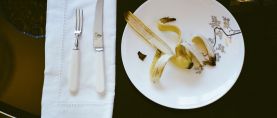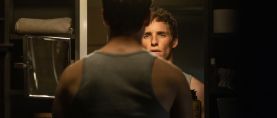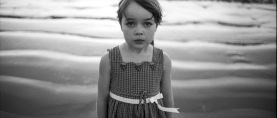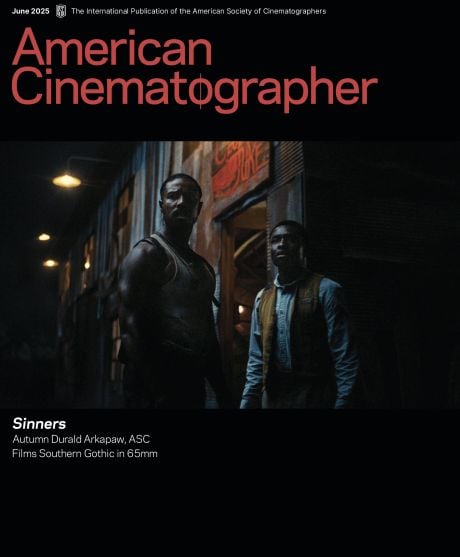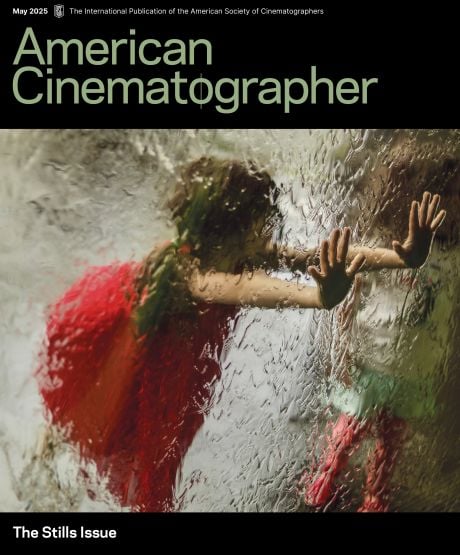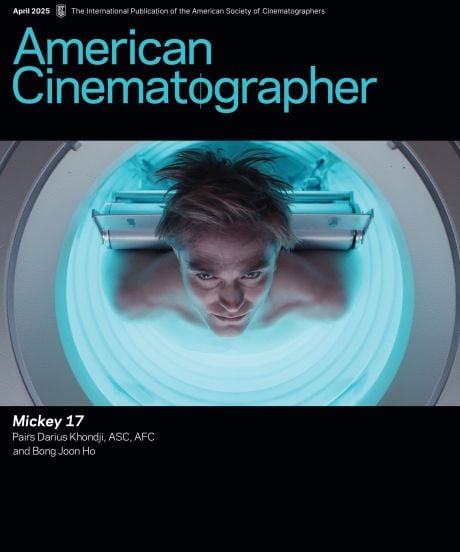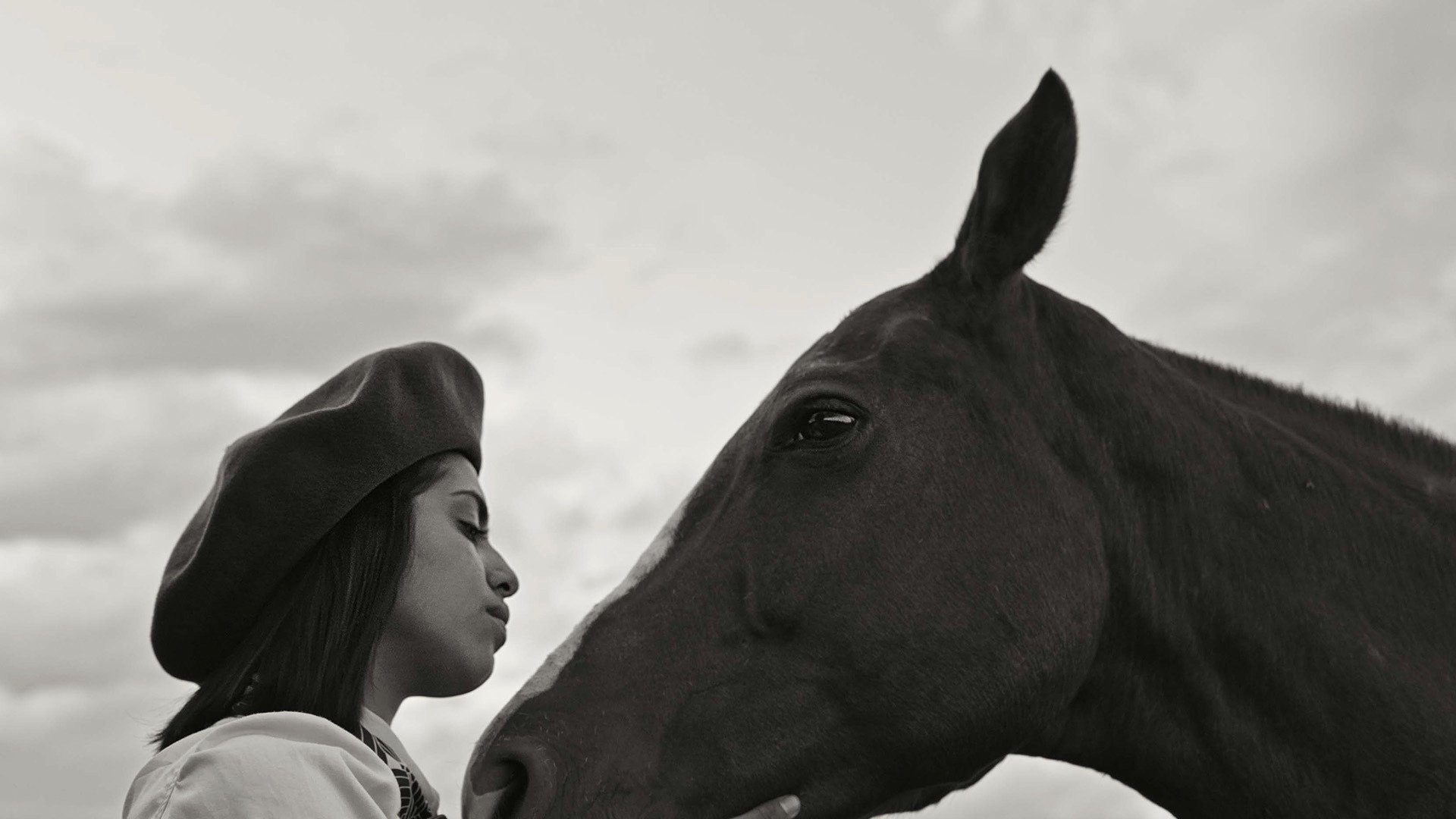
Bringing a Poetic Vérité Style to Gaucho Gaucho
Michael Dweck and Gregory Kershaw’s ASC Award-winning documentary marries artistic flourish with an observational approach to test the limits of direct cinema.
No coverage, no cutaways, no talking heads. For some documentary filmmakers, those self-imposed rules might seem fruitless, but for cinematographers and co-directors Gregory Kershaw and Michael Dweck, they enable greater narrative possibilities. The pair’s third collaboration, the black-and-white documentary feature Gaucho Gaucho, is a showcase of this philosophy in action. The film — which won the 2025 ASC Award for Best Cinematography in a Documentary — explores the lives of gauchos in the cattle country of Northern Argentina, who fight to preserve their traditions amid growing pressures from the modern world and nature.
Gaucho Gaucho’s camerawork adheres closely to the traditions of Cinema Vérité. “We work to present the world as we experience it — our goal is to create a cinematic experience through storytelling that celebrates the beauty of the places and people we are filming,” says Kershaw. “As filmmakers, we’re shaping feeling and emotion through composition, light, and what we choose to focus our camera on. To us, ‘vérité’ doesn’t mean that the directorial perspective is invisible — it means to share a felt truth about our subjective experience in a community.”
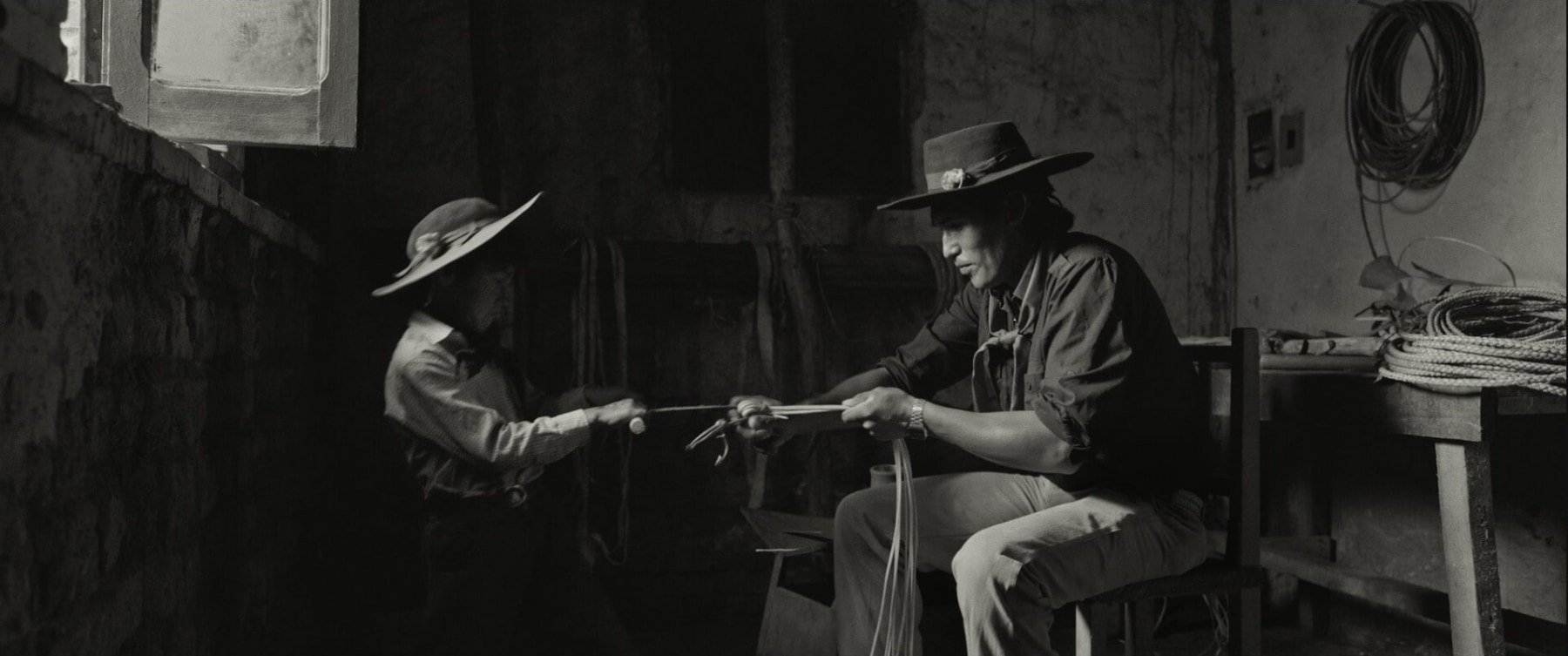
Both filmmakers’ craft and style and largely influenced by their unique backgrounds. Kershaw studied at Columbia University’s MFA film program as a director. After initially working in narrative and commercials as a director and cinematographer, he turned his focus to environmental documentaries, often focusing on the relationship between traditional communities and their connection to a changing world. Dweck, on the other hand, came from the world of fine-art photography and advertising. After studying at Pratt Institute and building a successful career in commercial directing, he returned to his true passion: photographing subcultures and fringe communities with a narrative eye. After becoming the first living photographer to exhibit at Sotheby’s, he was launched into a career of narrative photography.
The two artists’ pairing came by way of serendipity. Dweck recounts, “Gregory and I met when we lived in the same building in Manhattan. One day he said, 'Let's try making something together.’” Their first film — a feature-length documentary The Last Race, about a stock car racetrack in Long Island — helped shape their observational approach. The Last Race eschewed the use of talking-head interviews. “We wanted to capture this community in a way that was impressionistic and immersive,” Dweck says. “Through our work, Gregory and I set out to create a new cinematic language that merged the authenticity and immediacy of observational vérité filmmaking with a deliberate and artful filmmaking technique.”
Their next collaboration was The Truffle Hunters (2020), an immersive, painterly portrait of a dwindling tradition in the forests of Piedmont, Italy. Kershaw says that their work on The Truffle Hunters helped instill “a faith in our process” within the filmmakers that they carried over to their approach on Gaucho Gaucho, noting, “We learned to trust wholeheartedly in intuition to drive the creative process of our filmmaking.” It was during production on The Truffle Hunters that they first decided to break from traditional coverage. "We said, ‘Let's just find the image that captures the essence of the moment in front of us and trust it — no coverage, no cutaways.’ That image will have strength," Kershaw recalls. Dweck adds with a laugh, “A lot of editors passed on the project when we told them we had no coverage.” We said, ‘One-shot scenes, no jump cuts, no tricks,’ and they’d say, ‘You have absolutely no movie.’" Eventually, The Truffle Hunters earned them a Sundance Grand Jury Prize nomination, a DGA Award and the ASC Award for Outstanding Achievement in Cinematography in a Documentary.
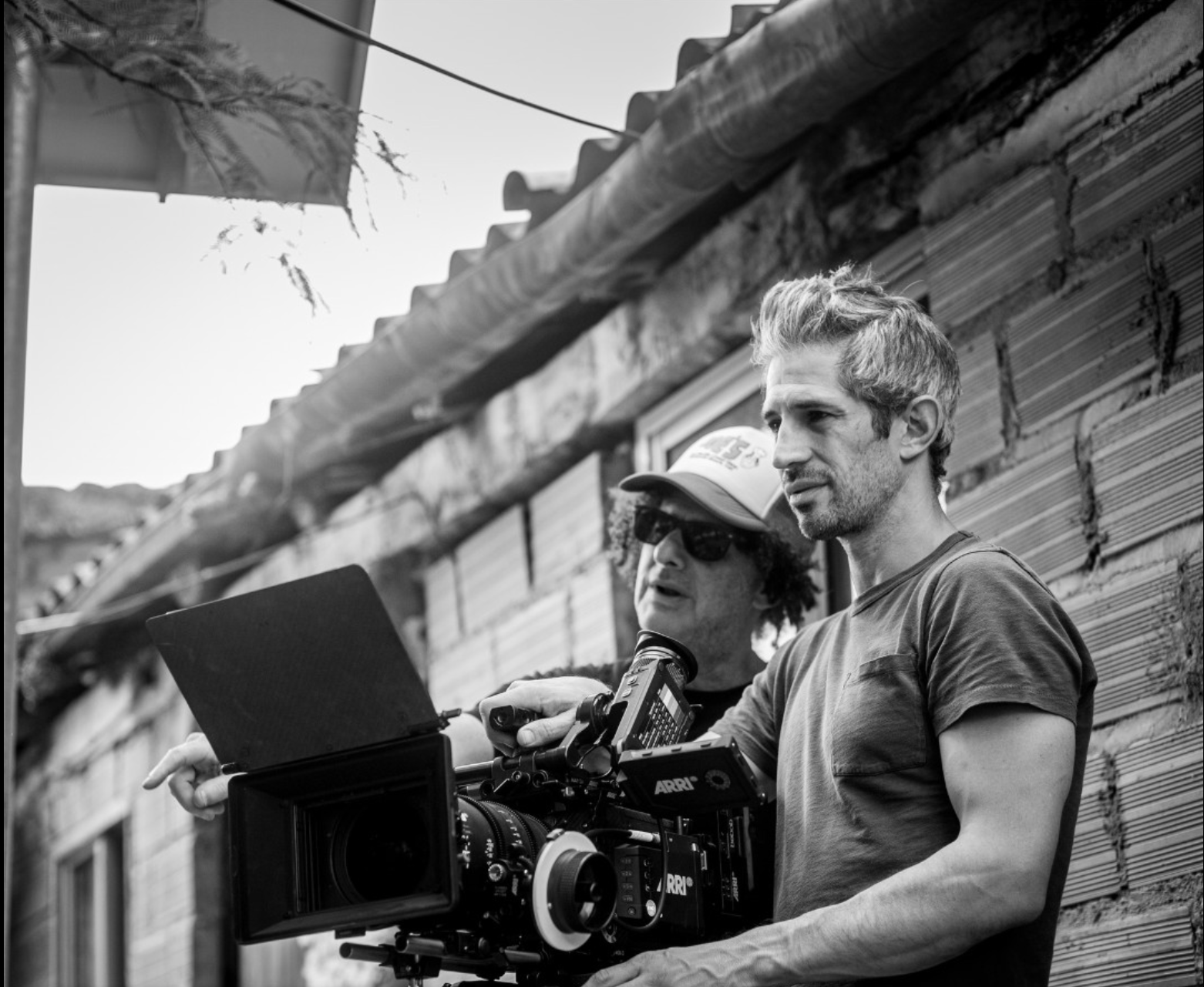
With Gaucho Gaucho set as their follow-up to The Truffle Hunters, Kershaw and Dweck began production on the film in 2022 — a process which ultimately unfolded over two years. "One of the most important ingredients in our filmmaking is the time we spend in the places we shoot — really getting to know people, and learning how to see the world through their eyes,” Kershaw says. “Then, it’s about figuring out how to translate what we’re witnessing into cinema.” Before a camera ever rolled, they spent weeks among the community they would depict, looking for interesting people, taking photographs, and conducting some interviews while discovering what would be the film’s story.
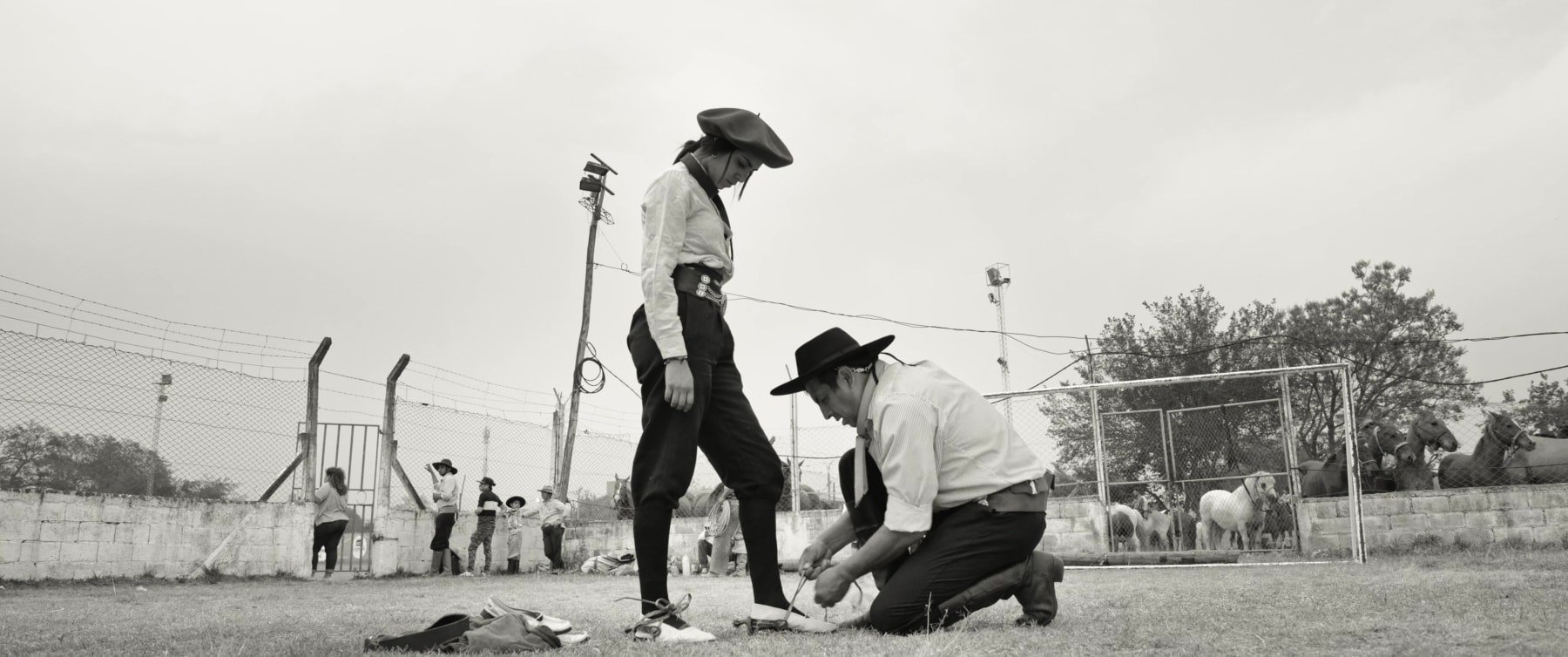
When they were on location, Kershaw and Dweck filmed very little. “We really only want to roll the camera when there is a sort of magic in front of us," Kershaw explains. "This combination of something really interesting happening, the light being in the right place, the right frame to capture the action — it all has to come together at the right moment. When we really start understanding the world we’re creating, those are the moments we roll the camera.” He adds, “We just try to understand how their lives unfold and be there when something meaningful happens.”
Also Read: Cinematographer Joan Churchill, ASC Reflects on Her Career as a Vérité Pioneer
In lighting their subjects, “we don’t shoot hard-sunlight exteriors,” says Dweck. “We only shoot on heavy overcast days. And if it's daylight, then we’ll only shoot at magic hour. So, they have to be really patient with us." To seize on these shooting conditions whenever they present themselves, the filmmakers might request that their subjects adjust their routines: "Sometimes they might say, 'I milk my cows at 6:30 a.m.,' and we’ll say, 'Okay, but can you do it at 7:15?’”
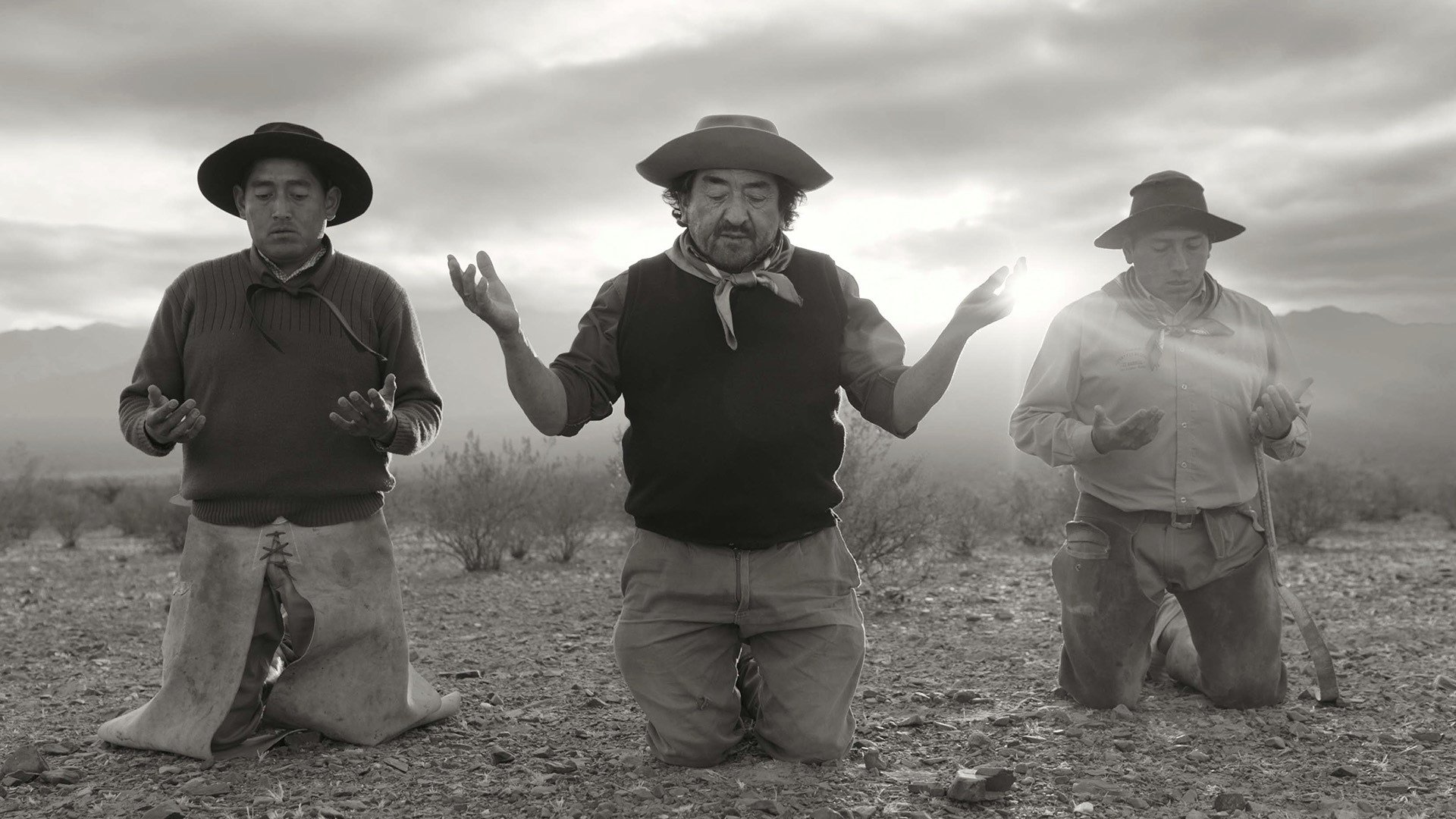
Gaucho Gaucho was shot on the Arri Alexa Mini LF with a 24-75mm Signature Zoom lens. Kershaw explains, "The Alexa LF’s large sensor was great because it allowed us to capture both the wide landscapes without distortion, and the faces, in close-ups, with a lot of detail. In combination with a wide focal length, we could have the camera really close to people, so the audience feels their presence — their humanity. We want the audience to feel like they know these people, and that happens when you’re able to bring the camera close to somebody. And as filmmakers, it helped us build a connection with them, as well.” For shots of attacking condors, who present a threat to the gauchos’ cattle, the filmmakers used an Arri Signature Zoom 65-300mm. Notes Kershaw, “This lens, combined with the 1.7x extender, allowed us to capture the condors with incredible detail as they soared high in the sky above our heads.”
Most of the film was shot between f/4 and f/5.6. “This gave us enough depth of field to hold detail in the face, but kept the background soft,” Kershaw explains. “The lens has the amazing capacity to capture the world in vivid detail, while holding a soft, round quality that lends itself to the poetry of our images. We want our subjects’ faces to feel like the star of the film, and for the viewer to really feel their emotions and textures, while still letting the world around them exist, just slightly out of focus. It helps the viewer feel like they’re inside the characters’ heads.”
Their decision to shoot in black-and-white came early on in pre-production. “Black-and-white gave us a feeling of being in a dream state,” Kershaw says. “It removed the ‘literal’ and gave everything a sort of timelessness. Also, when you strip away color, you start to notice texture more — the way the light hits a wall, or the detail in someone’s skin. There’s a rawness to it." Dweck notes, "We wanted the film to feel timeless — like it could be happening either now or 50 years ago — and in color, a sense of modernity would come through too strongly.” He adds that black-and-white imagery takes on a “sculptural” quality: “Faces become more like statues. It’s not just aesthetic — it’s emotional.”
Although Kershaw and Dweck’s shoot relied upon a predominance of natural light, a number of additional sources were incorporated into their approach. “Whenever we were adding lighting, it was to recreate natural light,” Kershaw explains. The filmmakers traveled with an Aputure 1200 that was bounced or heavily diffused to supplement existing light sources. “The idea was that the light source exists inside the world of the film,” Kershaw continues. “So, if you see a window, the light is coming through that window. If there’s a lamp, it’s that lamp. We didn’t want to make it feel like there’s a film crew there. It needed to feel like the way this place exists.”
The filmmakers also added stylistic flourishes to portray the gaucho community. One notable example of this comes in the form of a scene in which Solano, one of the gauchos in the film, tells bedtime stories to his son Johnny, using tiny toy animals as characters in a shadow-puppet show. “We wanted to shoot that scene in a way that was more dreamlike, because Johnny is going to sleep,” Dweck explains. “There was a nightlight next to the bed, so that’s how we ended up with this idea — after testing a few variations of shadows, some softer than others."
“The shadow-puppet scene is an interesting example of how the film’s style develops over time,” Dweck continues. “Originally, we depicted these bedtime stories with a more conventional shot of them lying together in bed, and it didn’t feel dreamlike. So, we asked ourselves, ‘What is the shot that will capture the same routine of their lives, but in a way that feels like what we’re experiencing while we’re there?’ Then, we noticed the shadows on the wall. We worked with them to figure out a frame where they could tell their stories freely, and where the toys they were playing with would only be visible in shadow.”
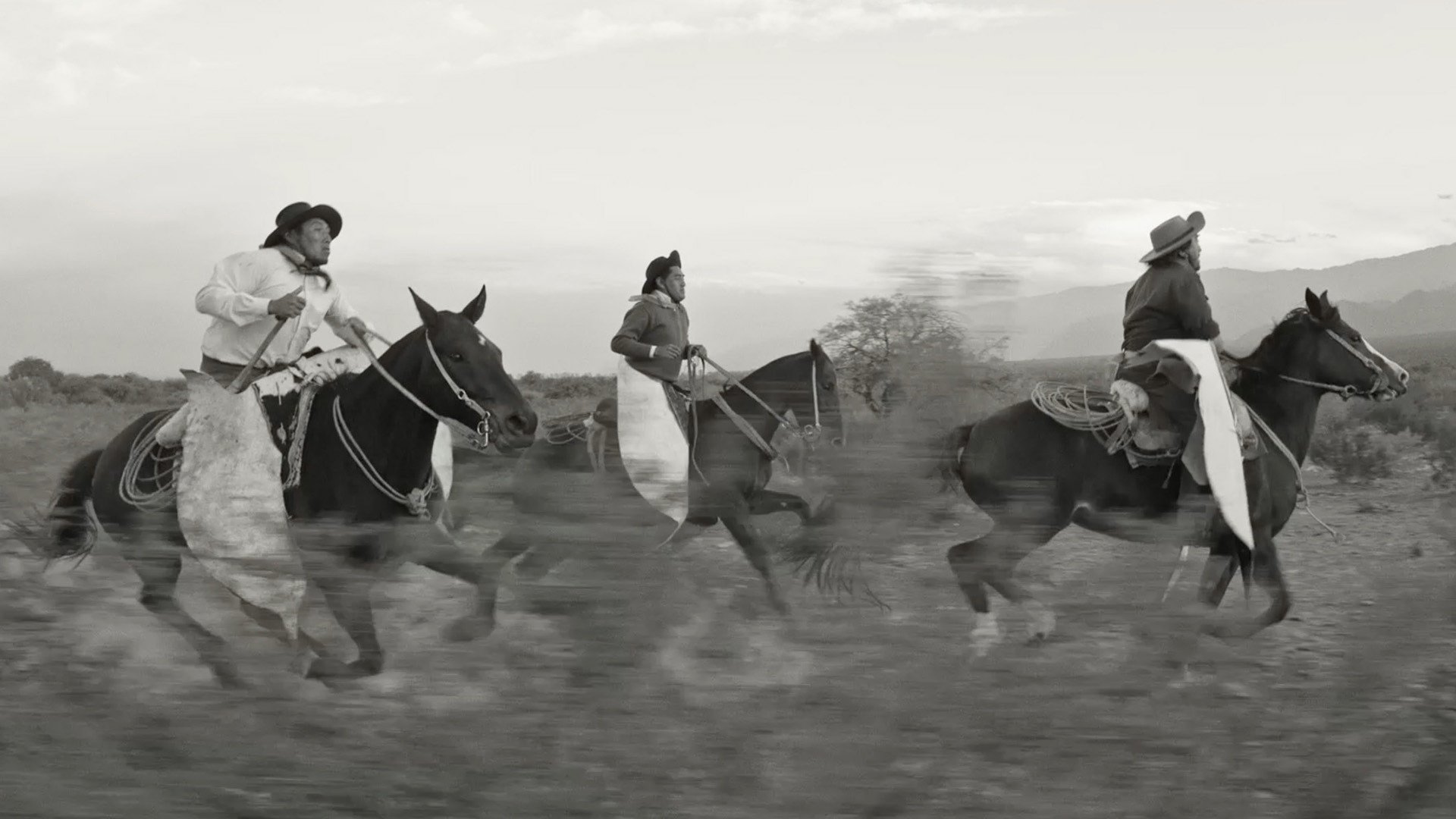

In the same spirit, the filmmakers strove for Gaucho Gaucho’s opening sequence to align audiences with the “blissful feeling of a gaucho riding on horseback,” says Kershaw. “Horse and human seem to merge into one, and there’s a beauty in that movement we needed to capture. To go at the speed of a horse at full gallop over treacherous terrain, we ended up bringing a Polaris 1000 Turbo XP with a Movi XL camera stabilizer across the country to our filming locations. The gauchos we were filming were having the time of their lives, and for us, it was a moment of total joy. Getting the Polaris and stabilization rig into the remote locations where we were filming required a lot of planning and coordination with the Gauchos we were filming. The rough terrain and cactus that fill the area meant we had few flat tires along the way.”
Dweck believes that homing in on such poetic shots helps to invite a different way of thinking about story. “That's very important to what we do. The story of Gaucho Gaucho is about freedom, but it’s also about the little details of someone’s world. The texture of dirt, walls, household objects, and clothes, or the way the light is falling at a particular moment — all of that is part of the story. We use those elements to build our shots, and eventually, each shot becomes its own story. Then, when we put those shots together in the editing room, they become something greater, a portrait of a world that exists outside the boundaries of the modern world.”
Gaucho Gaucho is now available to stream on Jolt. All images courtesy of Jolt.
